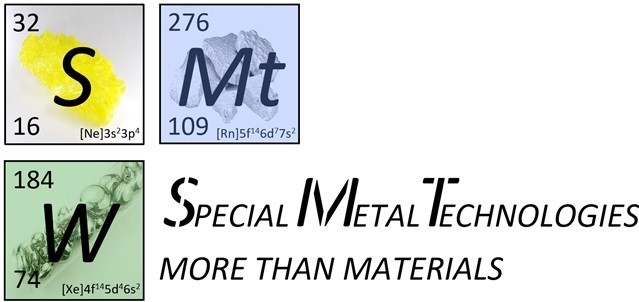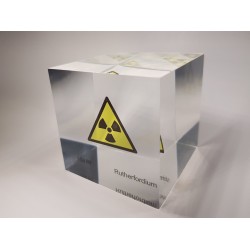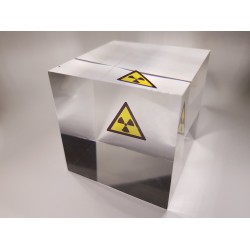- Shop
- Acrylic cubes
-
Elements
- Hydrogen
- Helium
- Lithium
- Beryllium
- Boron
- Carbon
- Nitrogen
- Oxygen
- Fluorine
- Neon
- Sodium
- Magnesium
- Aluminium
- Silicon
- Phosphorus
- Sulfur
- Chlorine
- Argon
- Potassium
- Calcium
- Scandium
- Titanium
- Vanadium
- Chromium
- Manganese
- Iron
- Cobalt
- Nickel
- Copper
- Zinc
- Gallium
- Germanium
- Arsenic
- Selenium
- Bromine
- Krypton
- Rubidium
- Strontium
- Yttrium
- Zirconium
- Niobium
- Molybdenum
- Technetium
- Ruthenium
- Rhodium
- Palladium
- Silver
- Cadmium
- Indium
- Tin
- Antimony
- Tellurium
- Iodine
- Xenon
- Cesium
- Barium
- Lanthanum
- Cerium
- Praseodymium
- Neodymium
- Promethium
- Samarium
- Europium
- Gadolinium
- Terbium
- Dysprosium
- Holmium
- Erbium
- Thulium
- Ytterbium
- Lutetium
- Hafnium
- Tantalum
- Tungsten
- Rhenium
- Osmium
- Iridium
- Platinum
- Gold
- Mercury
- Thallium
- Lead
- Bismuth
- Polonium
- Astatine
- Radon
- Francium
- Radium
- Actinium
- Thorium
- Protactinium
- Uranium
- Neptunium
- Plutonium
- Americium
- Curium
- Berkelium
- Californium
- Einsteinium
- Fermium
- Mendelewium
- Nobelium
- Lawrencium
- Rutherfordium
- Dubnium
- Seaborgium
- Bohrium
- Hassium
- Meitnerium
- Darmstadtium
- Roentgenium
- Copernicium
- Nihonium
- Flerovium
- Moscovium
- Livermorium
- Tennessine
- Oganesson
- Buch
- References
- Periodic Tables
- Metalle Wimmer
- Metametals
Rutherfordium
Rutherfordium, with the chemical symbol Rf and atomic number 104, is an artificially produced chemical element that was first synthesized in 1969 by scientists at the Gesellschaft für Schwerionenforschung (GSI) in Darmstadt, Germany. The discovery was achieved by researchers Albert Ghiorso, Gottfried Münzenberg, Sigurd Hofmann, and their teams.
The name "Rutherfordium" honors the New Zealand physicist Ernest Rutherford, who made pioneering contributions to the field of atomic physics. Rutherfordium was synthesized by irradiating plutonium-244 with neutrons. Rutherfordium is extremely rare on Earth as it does not exist in natural occurrences. It is artificially produced in particle accelerators, limiting its practical applications. Due to its extremely short half-lives, Rutherfordium has no practical uses outside of research.
The key Rutherfordium isotopes are Rutherfordium-261 and Rutherfordium-262. Rutherfordium-261 has a half-life of about 74 seconds, while Rutherfordium-262 is approximately 2.1 minutes.
There are 2 products.
Active filters


